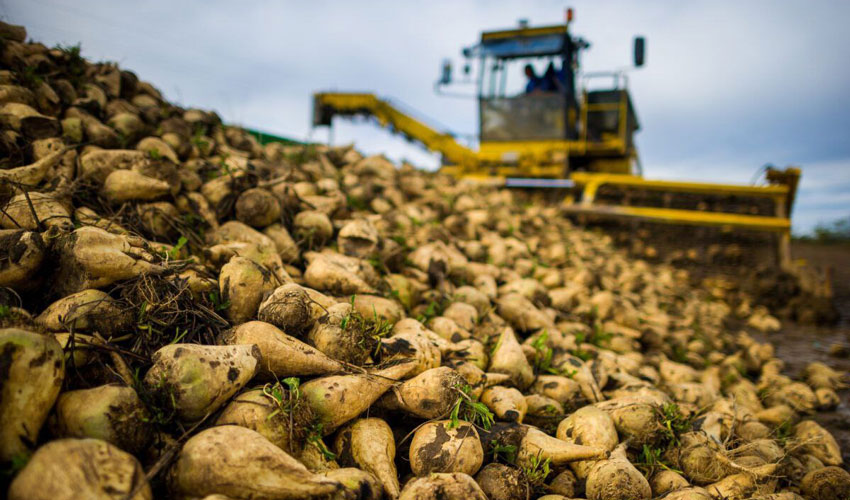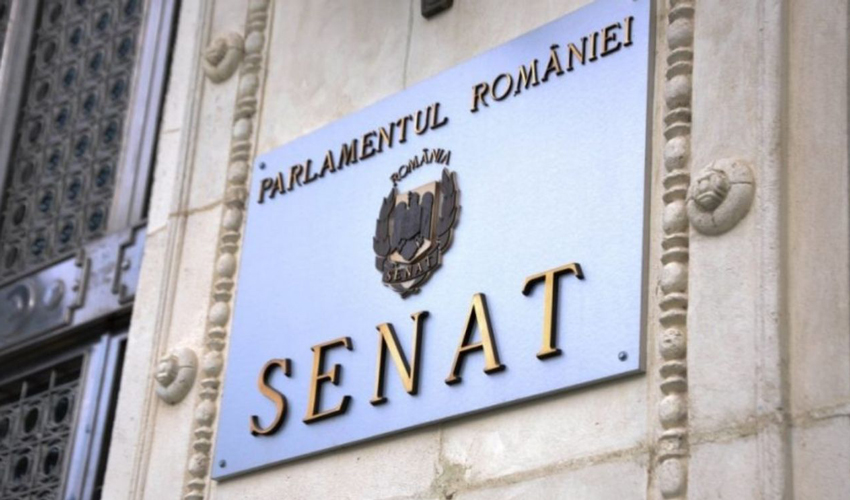
“The economic recovery stalled in 2024 due to another weak harvest and the associated drop in demand for transportation services. While these factors will continue to weigh on real GDP growth in the first half of 2025, along with a renewed energy price crisis, growth is expected to gradually recover. Private consumption growth will remain robust, driven by rising real wages,” the Commission said in its Economic Outlook for Spring 2025.
Gross domestic product (GDP) growth in Moldova, an EU candidate country, is expected to accelerate to 2.8% next year. This will be boosted by public investment with EU financial support from the new Reform and Growth Fund, the EU executive said. However, the European Commission lowered its previous growth forecast of 4.2% in 2026 to 2.8%.
“The persistent rise in energy prices has pushed up the consumer price index (CPI) to 8.75% in March 2025. In an effort to mix inflation, the NBM moved to tighten monetary policy in early 2025, increasing the benchmark rate to 6.5% in February 2025. Inflation is projected to remain above the central bank’s target range of 5% ± 1.5% in 2025, but to decline again by the end of 2025. However, risks related to price effects from energy imports and further food price volatility remain high,” the EC said.
The budget deficit in 2024 amounted to 3.7%, which was lower than initially projected. Higher-than-expected revenues and under-performance of public investments had an impact. However, the budget deficit will widen to 5% of GDP in 2025, driven by higher public wages and higher current and capital expenditures supported by additional financing from the Reform and Growth Fund.
Meanwhile, public debt is projected to reach 40.9% of GDP in 2026, up from 38.2% in 2024, primarily due to a higher fiscal deficit associated with additional financing under the Reform and Growth Fund, the Commission explained.
Earlier, the EBRD lowered its GDP growth forecasts for Moldova for 2025 to 1.8%, the IMF to 0.6% and the World Bank to 0.9%.













